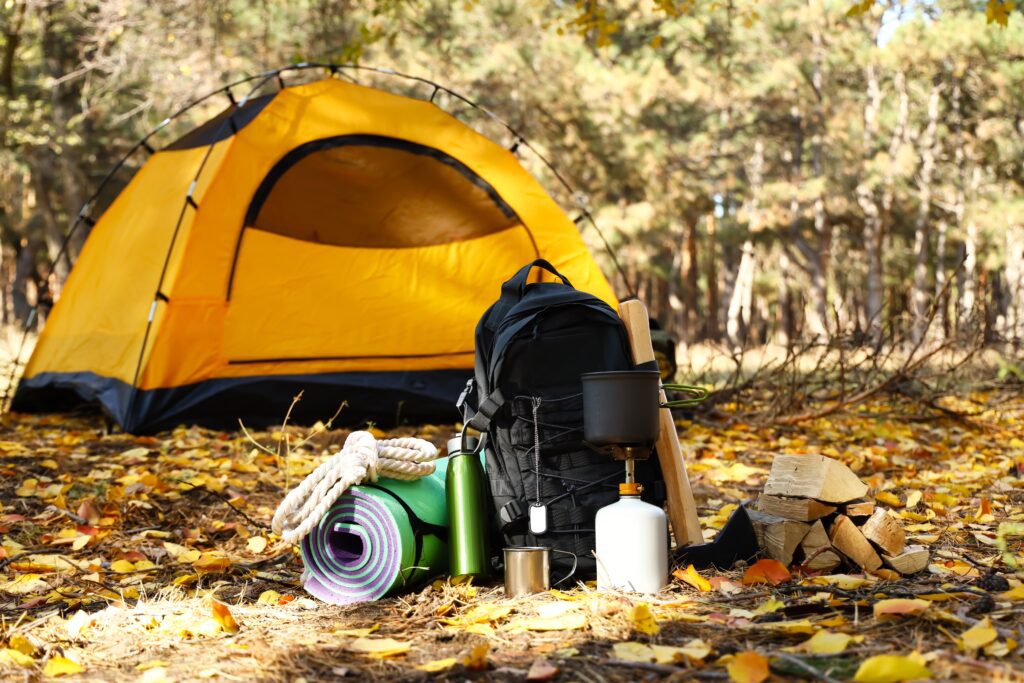Autumn Gear Organization: Best Practices for Storing Outdoor Equipment
Preparing for Seasonal Transitions: Why Proper Gear Storage Matters
As summer’s vibrant hues shift to the cooler tones of autumn, it signals a time for transition. Your outdoor gear, which has seen plenty of use during the warmer months, needs to be carefully organized and stored to ensure its longevity and readiness for future use. Whether you’re packing away beach gear, preparing for autumn hikes, or organizing equipment for winter sports, proper storage is crucial. This guide will delve into effective strategies for storing and organizing your outdoor gear, ensuring you’re well-prepared for the changing seasons.
Assessing Your Outdoor Gear
Conducting an Inventory Check
The first step in your autumn gear organization is conducting a thorough inventory check. This involves gathering all your outdoor equipment, from summer activities like beach accessories and gardening tools to sports equipment used throughout the year. By compiling everything in one place, you can easily assess each item’s condition and decide what should be kept, repaired, or replaced. This also presents a perfect opportunity to declutter—consider donating items you no longer use or that are in good condition but no longer serve your needs.
Review Gear Condition
A meticulous review of each item is essential to ensure everything is in good working order. For instance:
- Tents: Examine the fabric and seams of your tent for any damage. Small rips or holes can often be repaired with a tent repair kit. Ensure the tent is clean and completely dry before storing it to prevent mildew and mold growth. Store it in a dry, cool place, ideally in a breathable bag to avoid moisture accumulation.
- Sleeping Bags: Follow the manufacturer’s cleaning instructions carefully. Wash and dry sleeping bags completely before storage. To maintain their insulating properties, avoid keeping them compressed in stuff sacks for long periods; instead, use a large cotton sack or hang them loosely.
- Camping Stoves and Cookware: Clean camping stoves and cookware thoroughly to remove food residue and grease, which can attract pests or lead to rust. Check for signs of wear, such as rust or cracks, and replace any damaged parts. Store these items in a dry, cool location to prevent rust and corrosion. Utilizing airtight containers can help protect against dust and moisture.
- Gardening Tools: Clean gardening tools thoroughly to remove soil and debris, which can cause rust and degrade the tools over time. Sharpen blades and oil moving parts to ensure they remain functional and rust-free. Store them in a dry, well-ventilated space such as a shed or garage. Large tools can be hung on wall hooks, while smaller tools can be organized in bins or drawers.
Sort and Categorize
Once you’ve assessed the condition of your gear, the next step is sorting and categorizing. Grouping your equipment into categories—such as camping, hiking, and sports—makes it easier to find what you need and keep everything in its designated place. This organization ensures you can quickly access the gear you need for various activities without having to dig through piles of disorganized equipment.
Storage Solutions for Outdoor Gear
Camping Gear
Camping gear can be bulky and diverse, so effective storage is crucial for maintaining its condition and accessibility.
- Tents and Sleeping Bags: Store tents and sleeping bags in separate bins or bags. Use clear, labeled bins to keep everything visible and easy to access. For tents, consider rolling them rather than folding them to prevent creases that can damage the fabric over time. Store sleeping bags in a large cotton sack or hang them loosely to maintain their loft.
- Camping Stoves and Cookware: Use stackable bins to store camping stoves and cookware. Keep each item in its own container to prevent damage and contamination. For stoves, ensure fuel canisters are stored separately in a cool, dry place, away from flammable materials. Use resealable bags or containers for small parts like matches, utensils, and seasoning packets.
Hiking Equipment
Hiking gear includes a range of items, from boots to backpacks, each requiring specific care and storage.
- Boots and Footwear: Clean your hiking boots thoroughly after each use. Remove dirt and mud, and let them dry completely before storing them. Store boots in a cool, dry place, ideally in a well-ventilated area to prevent moisture buildup. Consider using boot shapers to maintain their shape.
- Backpacks: Empty all compartments of your backpack and clean them if necessary. Allow the backpack to air out completely before storing it. Use a dedicated shelf or hook to hang the backpack, or store it in a large, breathable bag to keep it dust-free.
- Trekking Poles: Wipe down trekking poles to remove dirt and grime. Collapse them and store them in a designated area, such as a storage bin or rack, to keep them organized and prevent damage.
Sports Equipment
Sports gear can vary widely, so tailored storage solutions are necessary.
- Bikes: Clean your bike thoroughly, paying special attention to the chain, gears, and tires. Inflate the tires to the recommended pressure and store the bike in a dry, cool place. If possible, hang the bike from a wall-mounted rack or use a bike stand to keep it off the ground and prevent tire deformation.
- Fishing Gear: Clean fishing rods and reels to remove salt and debris. Lubricate moving parts and store them in protective cases. Organize tackle boxes and store them in a dry, cool location to prevent rust and corrosion.
- Winter Sports Equipment: For skis, snowboards, and other winter gear, clean them thoroughly and inspect for any damage. Store them in a dry, cool place, preferably in a padded bag or protective cover. Ensure bindings are adjusted properly and that equipment is ready for use when the snow arrives.
Practical Tips for Efficient Gear Organization
Utilize Vertical Space
When organizing your outdoor gear, make use of vertical space to maximize storage efficiency. Install wall-mounted shelves, hooks, or racks to store items like bikes, backpacks, and gardening tools. This approach not only saves floor space but also makes it easier to access and manage your gear.
Label Everything
Labeling bins, shelves, and containers helps maintain organization and ensure you can quickly find what you need. Use durable, waterproof labels or tags to withstand environmental conditions. Consider using a label maker for a clean and professional look.
Create a Storage Inventory
Maintain a storage inventory to keep track of what you have and where it’s stored. This can be as simple as a written list or as advanced as a digital inventory system. Regularly update the inventory as you add or remove items to keep it accurate and useful.
Regular Maintenance
Perform regular maintenance checks on your gear throughout the year. This proactive approach helps identify issues early on and ensures everything remains in good condition. Regularly clean and inspect your equipment, even if it’s not in use, to prevent deterioration and extend its lifespan.
Optimize Storage Areas
Designate specific areas for different types of gear. For example, create a dedicated space for camping equipment, a separate area for hiking gear, and another for sports equipment. This segmentation makes it easier to locate items and keep everything organized.
Consider Climate Control
If possible, store your gear in a climate-controlled environment to protect it from extreme temperatures and humidity. This is especially important for sensitive items like electronics and delicate fabrics. If climate control isn’t an option, use moisture-absorbing products and ensure storage areas are well-ventilated.
Year-Round Readiness: Mastering Gear Organization for Every Season
Proper organization and storage of outdoor gear is crucial for maintaining its condition and staying prepared for all the seasons ahead. By conducting a thorough inventory check, reviewing the condition of your gear, and implementing effective storage solutions, you can keep your equipment in top shape and ready for use. Remember to utilize vertical space, label everything, and perform regular maintenance to make gear management easier and more efficient. With these best practices, you’ll be well-prepared to transition smoothly between seasons and enjoy your outdoor activities throughout the year.






